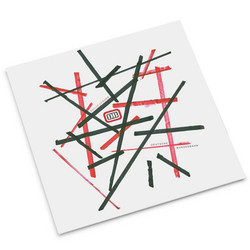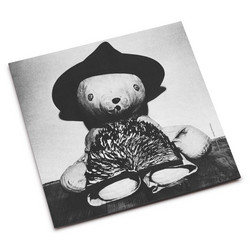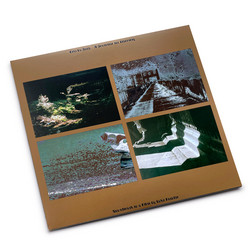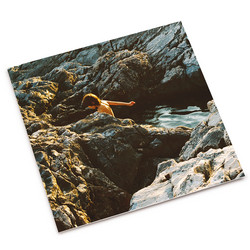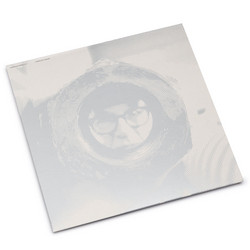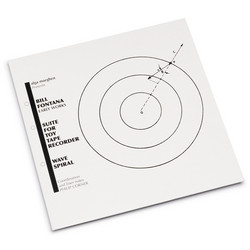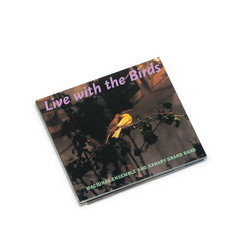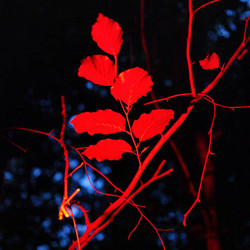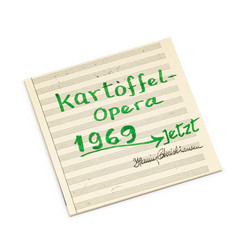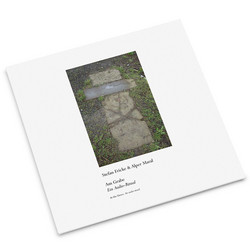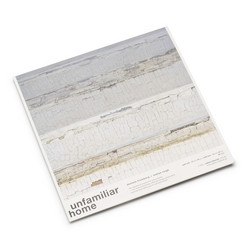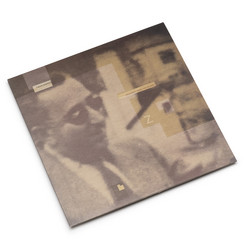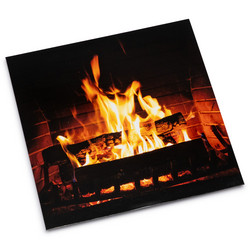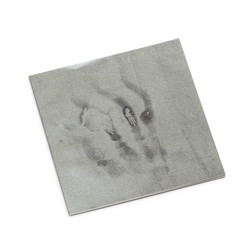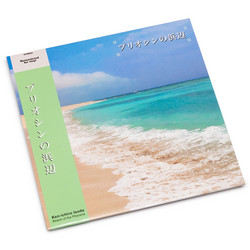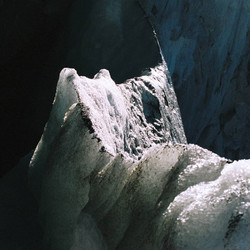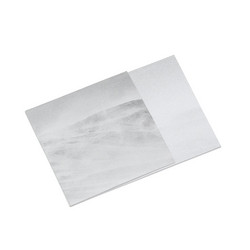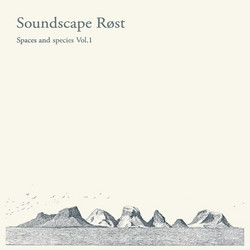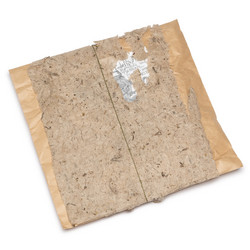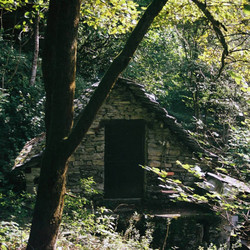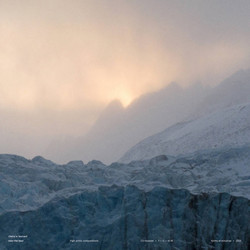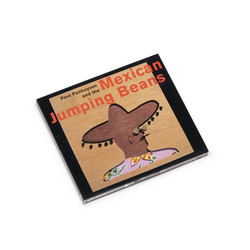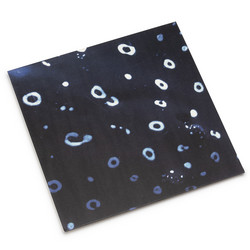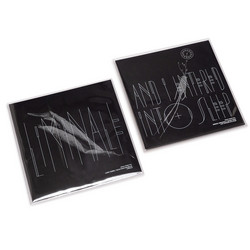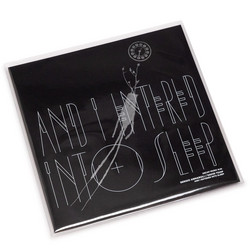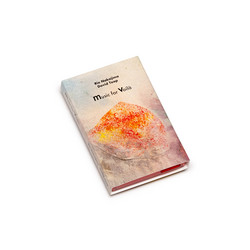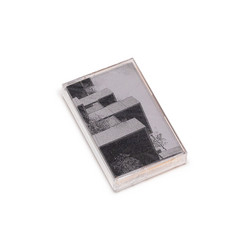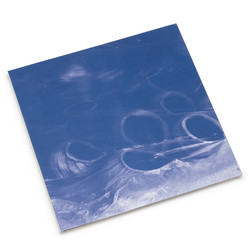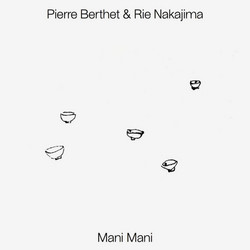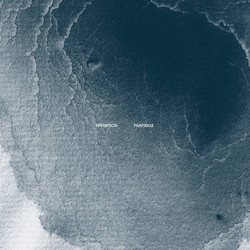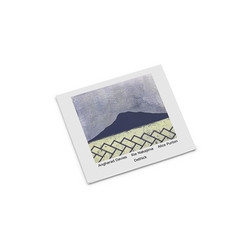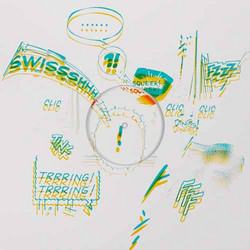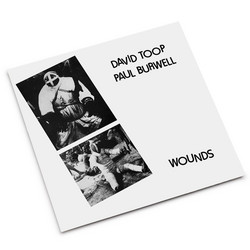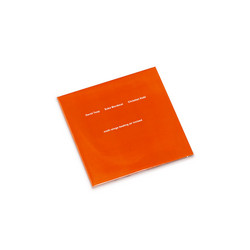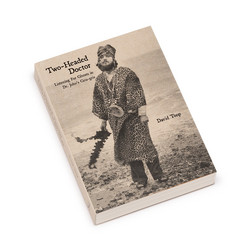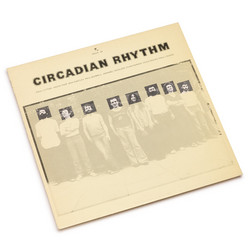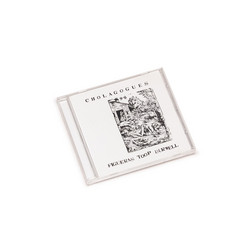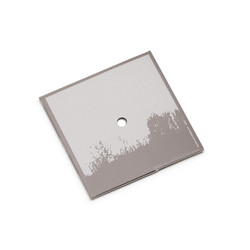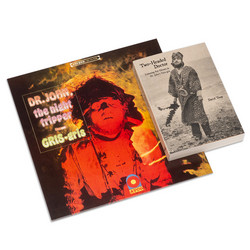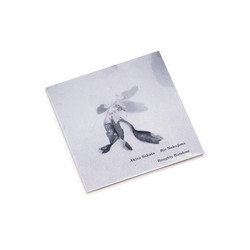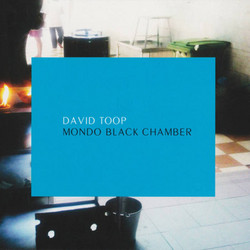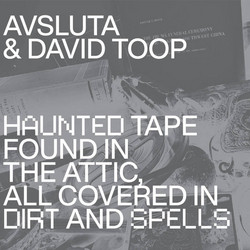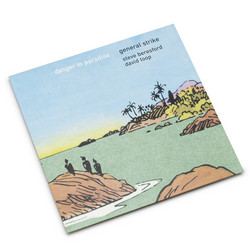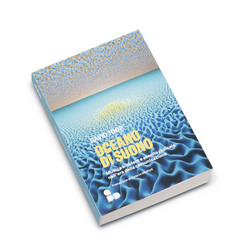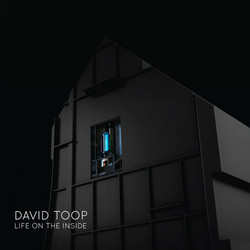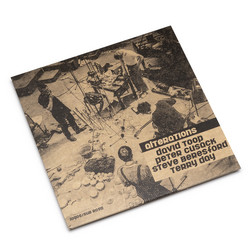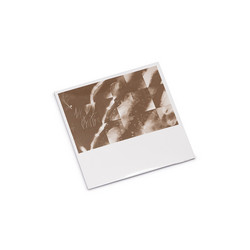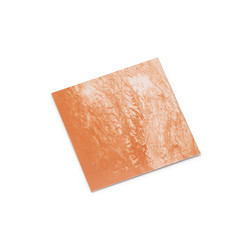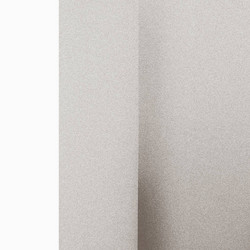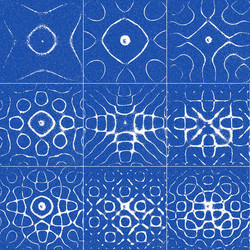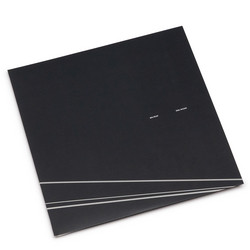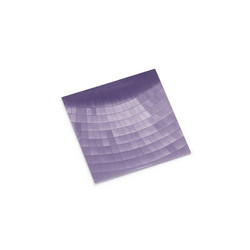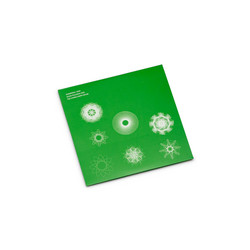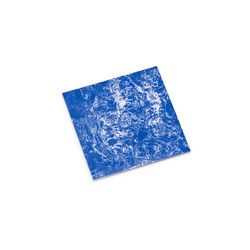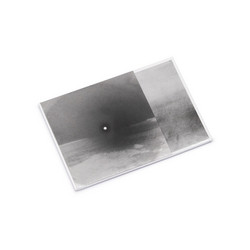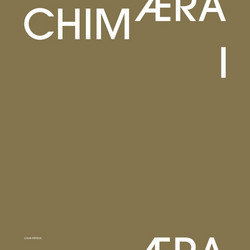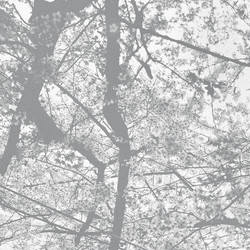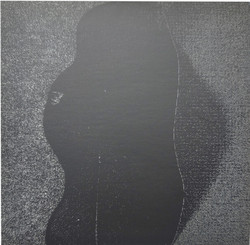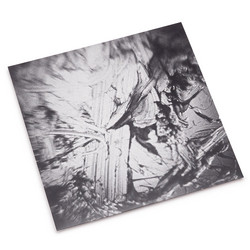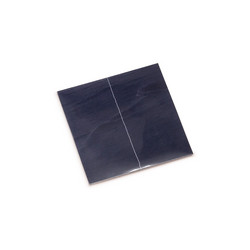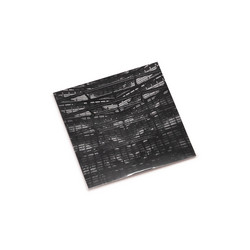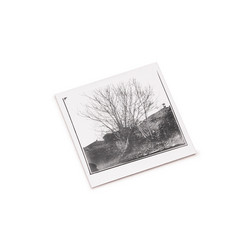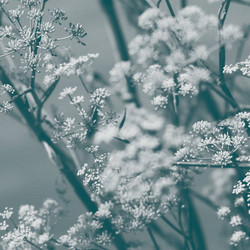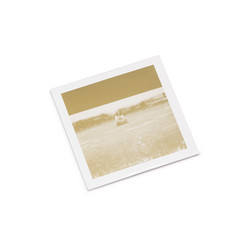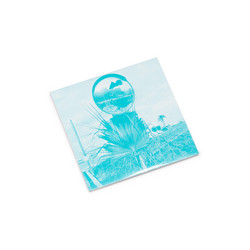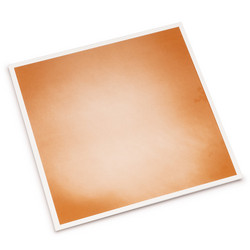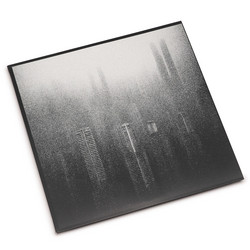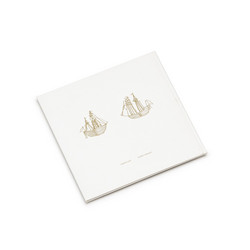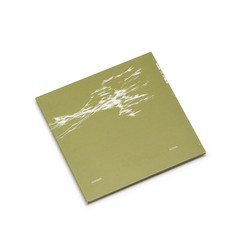Bringing together two of the most vital experimenters in contemporary sound, David Toop and Rie Nakajima present Is Spring a Sculpture?, an arresting combination of CD and art book released through Room40. This collaboration unfolds as a manifold investigation into the possibilities of sonic materiality, where sound is not simply heard but is pressed into relief against silence, touch, and space itself. Recorded over multiple years and exchanging ideas between London and Tokyo, Toop and Nakajima thread improvisation, field recording, quiet interventions, and the unconventional resonances of found materials into a series of works that question the nature and limit of sculpture—whether it may be made not only of stone or metal, but of vibration and momentariness.
Central to the album’s philosophy is an ongoing dialogue: “Is spring a sculpture? Can a perimeter be defined by the way a sound bends around a leaf or the weight of a pebble on a window ledge?” Through whispered text, percussive clutter, and the gentle abrasion of surfaces, the duo evoke the presence of invisible forms, sometimes poignant, occasionally playful. Their partnership leans into the tension between duration and disappearance, drawing listeners into a heightened state of attention where everyday detritus—sprung toys, scraps of metal, shards of acoustic environment—become actors in a temporary theatre of sound.
As an object, Is Spring a Sculpture? is meticulously considered. The release comprises a matte art book, featuring visual and written elements that parallel the music’s liminality: stray notes from Toop, abstract documentation from Nakajima, each page quietly echoing the music’s foregrounding of the humble and the mutable. The work stands alongside their previous collaborations as an affirmation of the creative importance of small gestures, unrepeatable moments, and the space between objects—simultaneously ephemeral and exacting, playful and profound. In merging these currents, Toop and Nakajima invite the listener to linger in uncertainty and curiosity, to imagine new shapes both in and beyond the audible. There is no fixed perimeter here; rather, each playback becomes a beginning, each silence a line drawn through space, asking again if sound can be held—and if so, what forms it may fleetingly assume.
